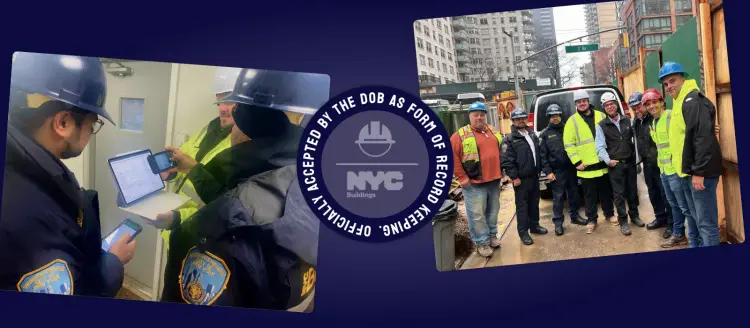Safety Best Practices
Stefano Braganti
Real-Time Workforce Visibility Ends Labor Drift & Rework
Labor drift, rework and schedule slips thrive when you can't see head-count live. Learn how smart turnstiles & dashboards give GCs real-time visibility.

Job site worker orientations are a critical component of construction safety management. These initial training sessions provide essential information to workers about site-specific hazards, safety procedures, and emergency protocols, setting the foundation for a safe work environment.
Worker orientations serve several crucial purposes:
Safety Awareness:
Compliance Requirements:
A comprehensive worker orientation should include:
Implementing thorough worker orientations provides numerous advantages:
To ensure effective worker orientations:
Preparation:
Delivery:
Follow-up:
Modern technology can enhance orientation programs:
Track the success of orientation programs through:
Address common orientation challenges:
Language Barriers:
Time Constraints:
Documentation:
Job site worker orientations are essential for maintaining a safe and efficient construction environment. By implementing comprehensive orientation programs, construction companies can ensure workers are well-prepared, safety-conscious, and compliant with regulations. Remember, a well-orientated worker is a safer worker, and safety is everyone's responsibility.
Safety Best Practices
Stefano Braganti
Labor drift, rework and schedule slips thrive when you can't see head-count live. Learn how smart turnstiles & dashboards give GCs real-time visibility.

Safety Best Practices
Stefano Braganti
Stop-Work Orders crush margins. Digital safety dashboards catch risks early, prevent claims, and protect your 3% fee.

Safety Best Practices
Stefano Braganti
NYC DOB formalizes digital record-keeping: what the bulletin says, why it matters, and how SafetyClerk helped make it happen.

together
SafetyClerk is the construction management platform that makes safety compliance, and risk management of your job site simple and visible in one click.
Stay on
the loop!
ConstructionClerk - 2026 - All rights reserved
ConstructionClerk - 2026 - All rights reserved